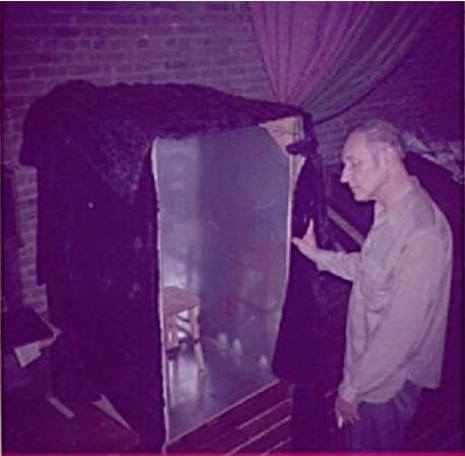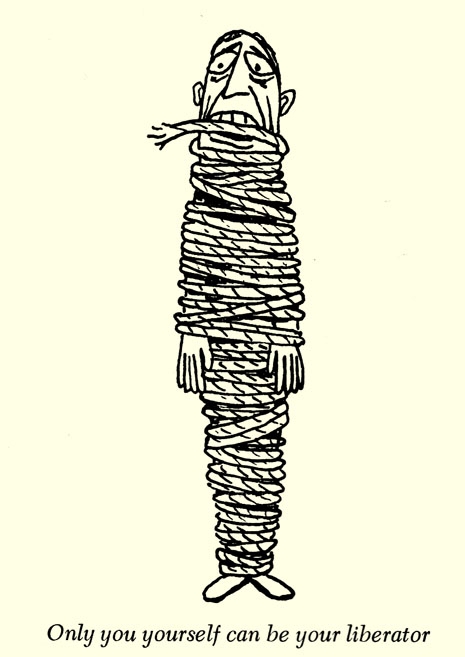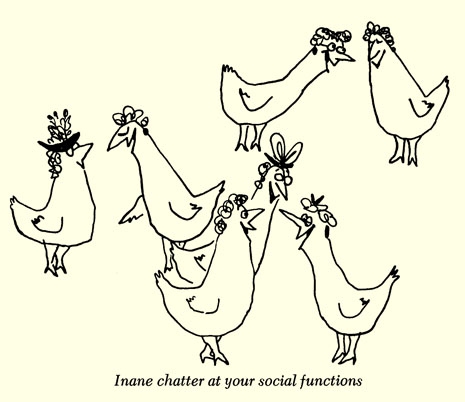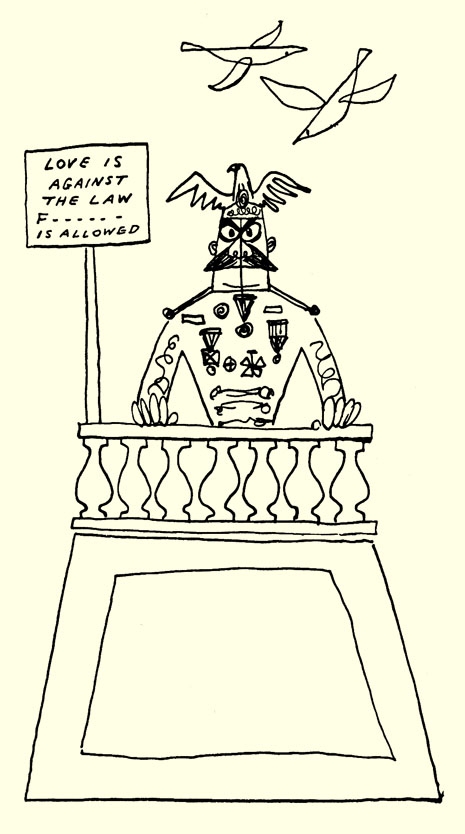
Burroughs contemplating an orgone box
As a contributor to this blog, I spend a lot of my time poking around looking for suitable subjects that might please and edify the DM readership. When I come across an item uniting William S. Burroughs, Wilhelm Reich, Jack Kerouac, orgasms, heroin, Jean Cocteau, and even tangentially Kurt Cobain that has not been written about all too much, I can be sure I’m in the ballpark of a good DM post.
In 1977 OUI magazine published an item by William S. Burroughs with the title “My Life in Orgone Boxes,” in which he explained that he built his first orgone accumulator in 1949 on the farm of a friend named Kells Elvins in Texas. Among other things, in the article Burroughs addresses Jack Kerouac’s fictionalized version of Burroughs’ device as presented in On the Road but insisted that the account was “pure fiction.”
That Burroughs used an orgone accumulator is (a) pretty well known, and (b) not very surprising, given who Burroughs was. But let’s back up a moment here. What is an orgone accumulator, anyway? (It’s sometimes called an orgone machine or an orgone box.) Reich was in the first wave of post-Freudian thinkers, and he attributed his discovery of “orgone energy”—that is to say, energy with the capacity to charge organic material (cellulose), unlike electromagnetic energy—physical manifestations of sexual energy—as occurring in January 1939, after working off of Freud’s theory of the libido.
_(8224052279)_465_368_int.jpg)
One of the first experimental orgone accumulators. Note the stack of Reich/orgone publications propping the door open. Much larger version here.
Reich was sure that he had discovered the secret to manipulating and enhancing sexual experience by removing/satisfying electric blockages within human beings. Quoting from his book The Function of the Orgasm: Sex-Economic Problems of Biological Energy (The Discovery of the Orgone, Vol. 1):
The orgasm formula which directs sex-economic research is as follows: MECHANICAL TENSION —> BIOELECTRIC CHARGE —> BIOELECTRIC DISCHARGE —> MECHANICAL RELAXATION. It proved to be the formula of living functioning as such. … Research in the field of sexuality and bions opened a new approach to the problem of cancer and a number of other disturbances of vegetative life.
Check that out: “the formula of living functioning as such,” wow. Reich’s idea was that orgone energy was virtually everywhere and pointed to both the aurora borealis and the blue tint seen in sexually excited frogs as evidence. As he put it in The Function of the Orgasm, “‘Biological energy’ is atmospheric (cosmic) orgone energy.” Then:
The color of orgone energy is blue or blue-gray. In our laboratory, atmospheric orgone is accumulated or concentrated by means of an apparatus specifically constructed for this purpose. We succeeded in making it visible by arranging certain materials in a specific way. The blocking of the orgone’s kinetic energy is expressed as an increase in temperature. Its concentration or density is indicated on the static electroscope by the differences in the speed of the discharge. The spontaneous discharge or electroscopes in non-ionized air, a phenomenon designated as “natural leak” by physicists, is the effect of atmospheric orgone and has nothing to do with dampness. The orgone contains three kinds of rays: blue-gray, foglike vapors; deep blue-violet expanding and contracting dots of light; and white-yellow, rapidly moving rays of dots and streaks. The blue color of the sky and the blue-gray of atmospheric haze on hot summer days are direct reflections of the atmospheric orgone. The blue-gray, cloudlike Northern lights, the so-called St. Elmo’s fire, and the bluish formations recently observed in the sky by astronomers during increased sun-spot activity are also manifestations of orgone energy.
It was later realized that Reich’s device for enhancing sexual stimulation with electricity was more or less a modified Faraday cage.
As Burrough writes in the OUI article, in addition to the one he and Elvins built, Burroughs also made a smaller version, a “potent sexual tool” constructed “from an Army-style gas can.” Burroughs used the smaller tool inside the larger box, “held the little one over my joint and came right off.” Then, in an aside, Burroughs explains that Jean Cocteau used to ejaculate without using his hands as a kind of party trick. Some trick!
More after the jump…

















